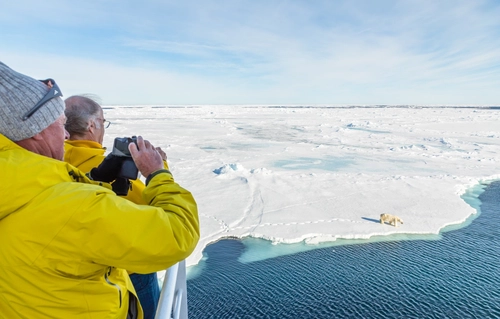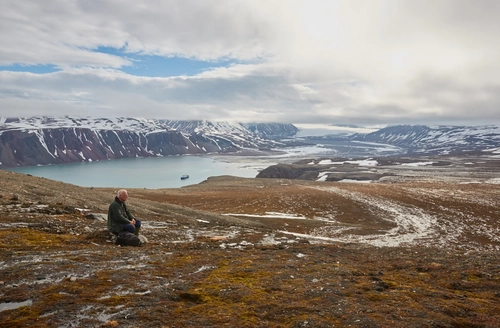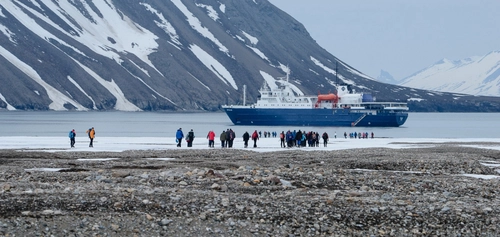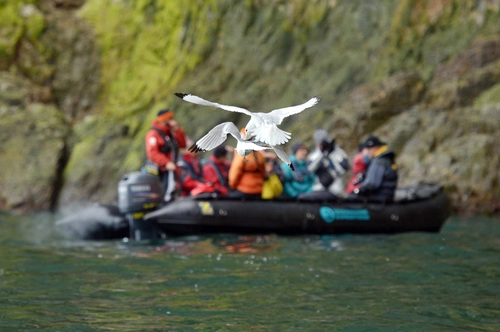Many of our expedition cruises focus on specific areas of the Arctic or Antarctica, delving deep into local wildlife and other natural highlights. However, some programs aim to provide a broader survey, visiting a variety of sites to offer guests a wider perspective.
One such program is our Around Spitsbergen voyage, which circumnavigates the principal island of the stunning Svalbard archipelago. This region is one of the best places on Earth to spot polar bears, along with other far-north animals like walruses, bearded seals, reindeer, and an exceptional range of Arctic birds.
Not all Around Spitsbergen trips are the same; some emphasize the Arctic summer or include lesser-visited islands like Kvitøya. However, all Around Spitsbergen voyages offer a full circumnavigation of this wildlife-rich island. Here we describe some of what you might experience on our standard “Around Spitsbergen, in the realm of polar bears and ice” expedition.
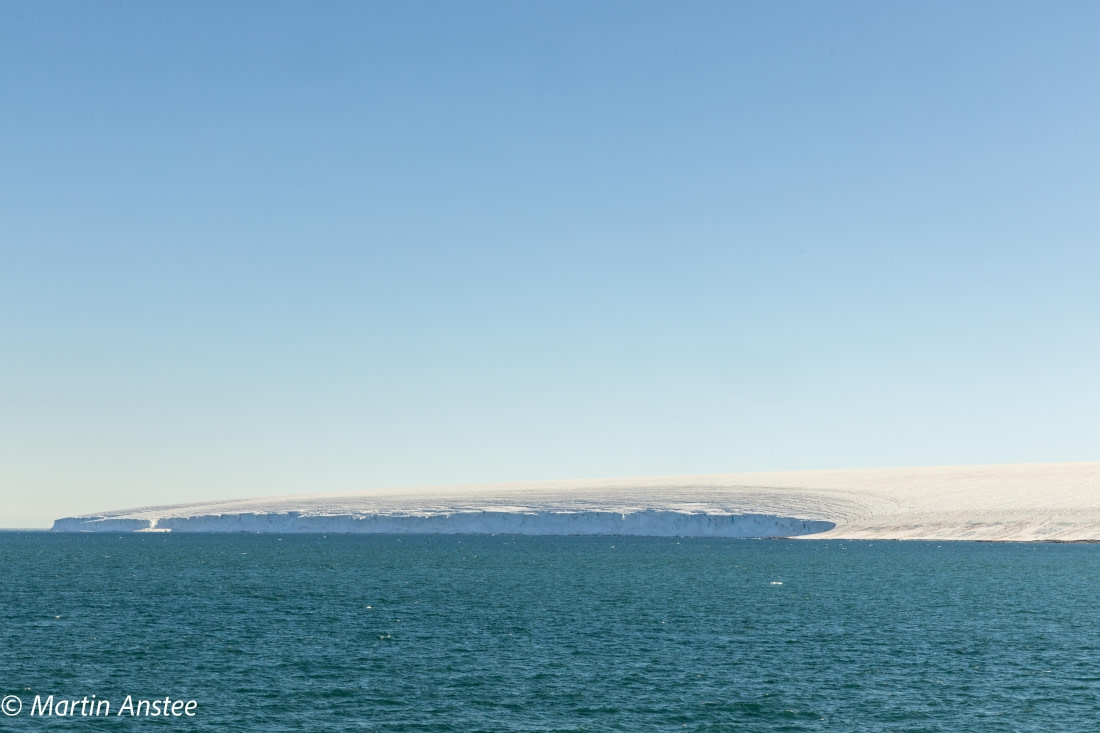
There and back again: how to circumnavigate Spitsbergen
As with our other Svalbard voyages, we start in the administrative center of Longyearbyen. This former mining town is a delight to explore on foot, whether you’re visiting the local museum, parish church, or the world’s northernmost brewery.
The surroundings may appear barren and inhospitable, but over a hundred plant species thrive around Longyearbyen. You might even spot the first minke whale of your voyage as the vessel sails out of Isfjorden, beginning its Spitsbergen circumnavigation by heading north along the west coast.
Your first stop is likely to be a morning visit to Krossfjorden, where the plan is to board the Zodiacs for an excursion near the breathtaking Fourteenth of July Glacier.
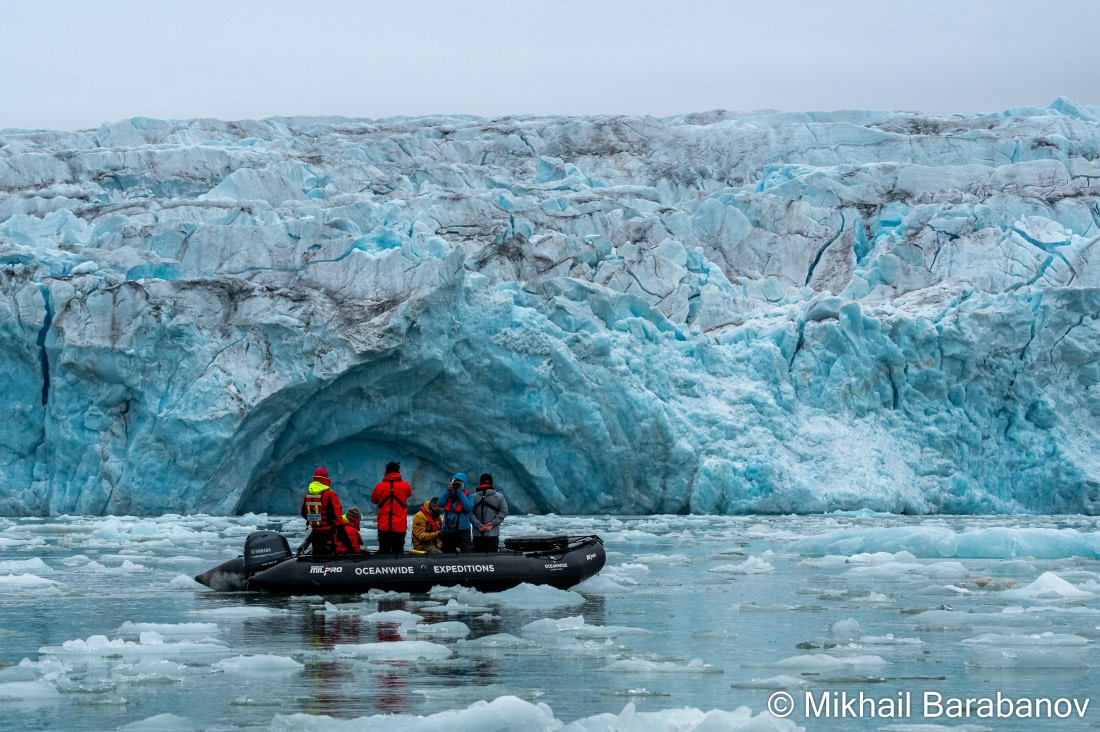
Near this stunning site, you can see green slopes blooming with colorful Arctic flowers. Flocks of Brünnich’s guillemots and kittiwakes nest on the nearby cliffs, and you have a good chance of spotting a bearded seal in the fjord or an Arctic fox searching for fallen chicks.
Your next stop will be Ny Ålesund, Earth’s northernmost settlement. Like Longyearbyen, Ny Ålesund was once a mining village and even boasted the most northerly railway in the world. You can still see its tracks there, but these days Ny Ålesund is a research center.
This area is not without its own wildlife: Arctic terns, pink-footed geese, and barnacle geese breed nearby. For those interested in the history of Arctic exploration, you can visit the anchoring mast used by polar explorers Amundsen and Nobile in their airships, Norge (1926) and Italia (1928).
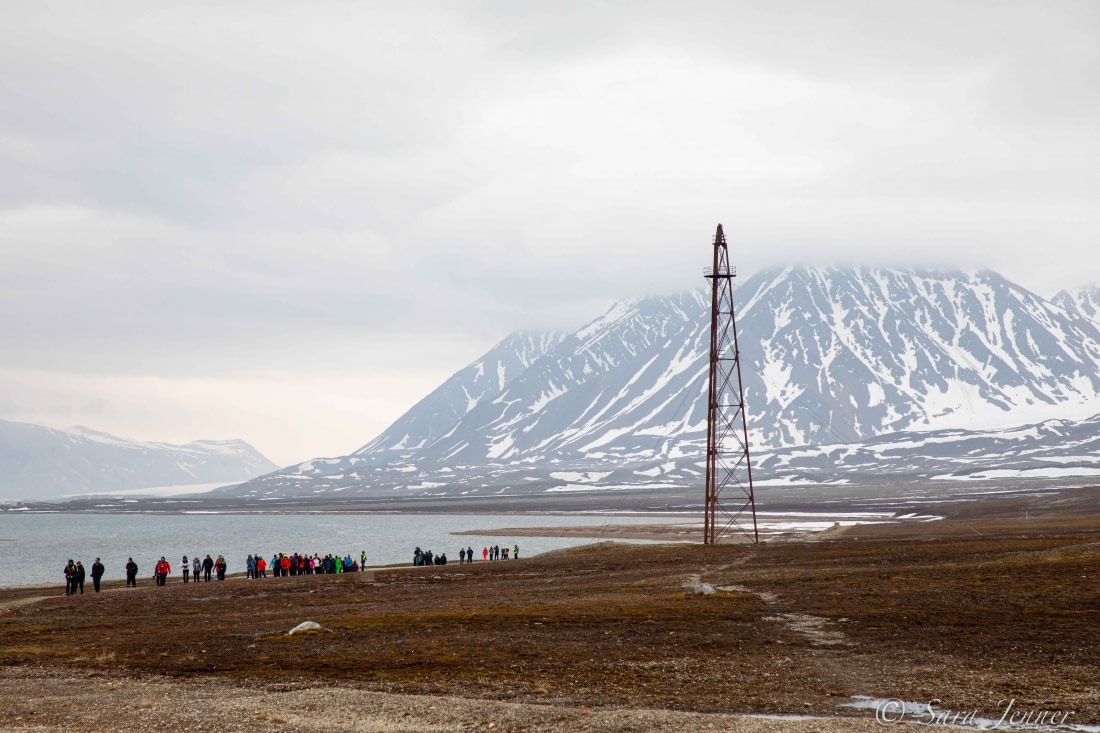
Weather and ice conditions (especially early in the season) will determine your next destination, but you will probably sail into Liefdefjorden. This will bring you within sight of the 5-kilometer-long (3.1 miles) Monaco Glacier. Thousands of kittiwakes feed in the water near this glacier, and we sometimes see polar bears hunting along the base of the ice.
Your next stop will be the most northern point of your entire circumnavigation: Nordaustlandet, near the Seven Islands, where you will reach or be near to 80° north, just 870 km (540 miles) from the geographic North Pole. This is a great area to see polar bears, so we’ll probably anchor among the pack ice for a few hours and see if one (or more) shows itself.
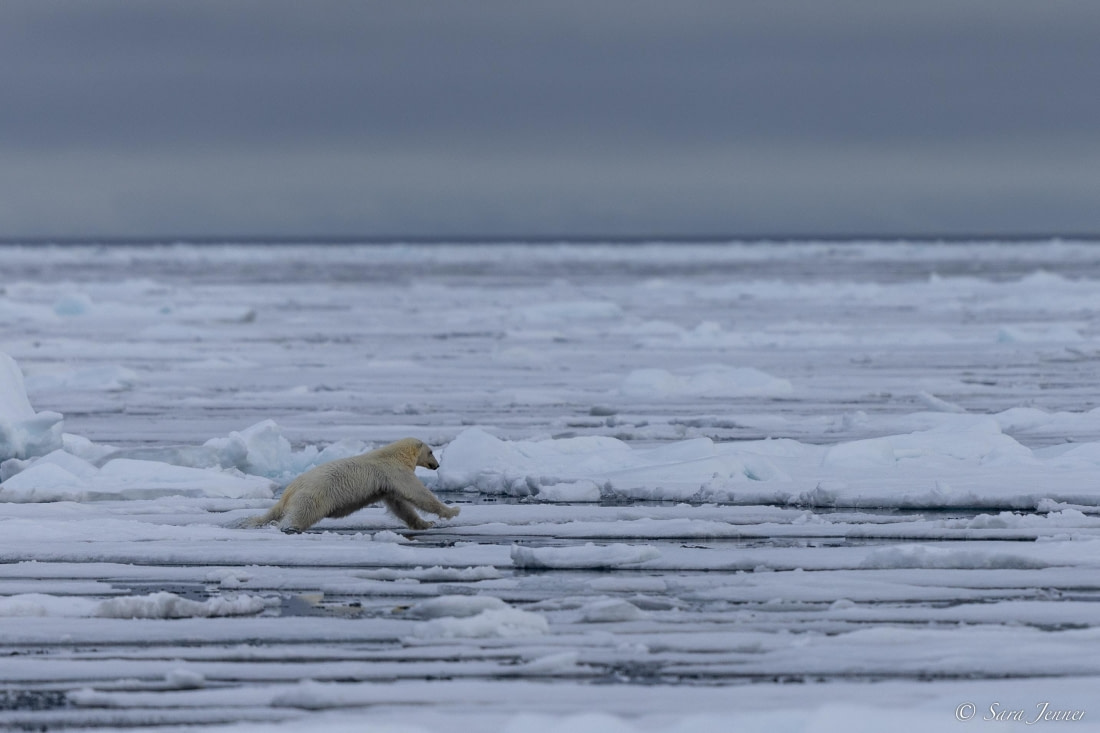
This part of the circumnavigation is subject to change, depending on the month and degree of ice withdrawal. Sometimes in July, we turn to Sorgfjord, where we might see walruses near the graves of 17th-century whalers. Ptarmigans are also common in this area. And in August, we may spend a second day near Nordaustlandet if the ice edge is withdrawn enough.
Hinlopen Strait is next on the agenda, a splendid place to look for polar bears as well as ringed and bearded seals. At the entrance to the strait, we sometimes even see blue whales. There is nothing quite like witnessing the grace and power of these majestic marine mammals in person.
But there’s always the chance Hinlopen, like Liefdefjorden, is too blocked with ice to enter. In this case, we will try an alternative route.
The ice floes of Lomfjordshalvøya make for a fine Zodiac outing, affording magnificent views of the Alkefjellet bird cliffs. Thousands of Brünnich’s guillemots nest here, along with kittiwakes and gulls. Doleritic intrusions from the Jurassic or late Cretaceous period, these cliffs rise to around 100 meters (330 feet) tall in some places and are one of the most memorable sights in Svalbard.
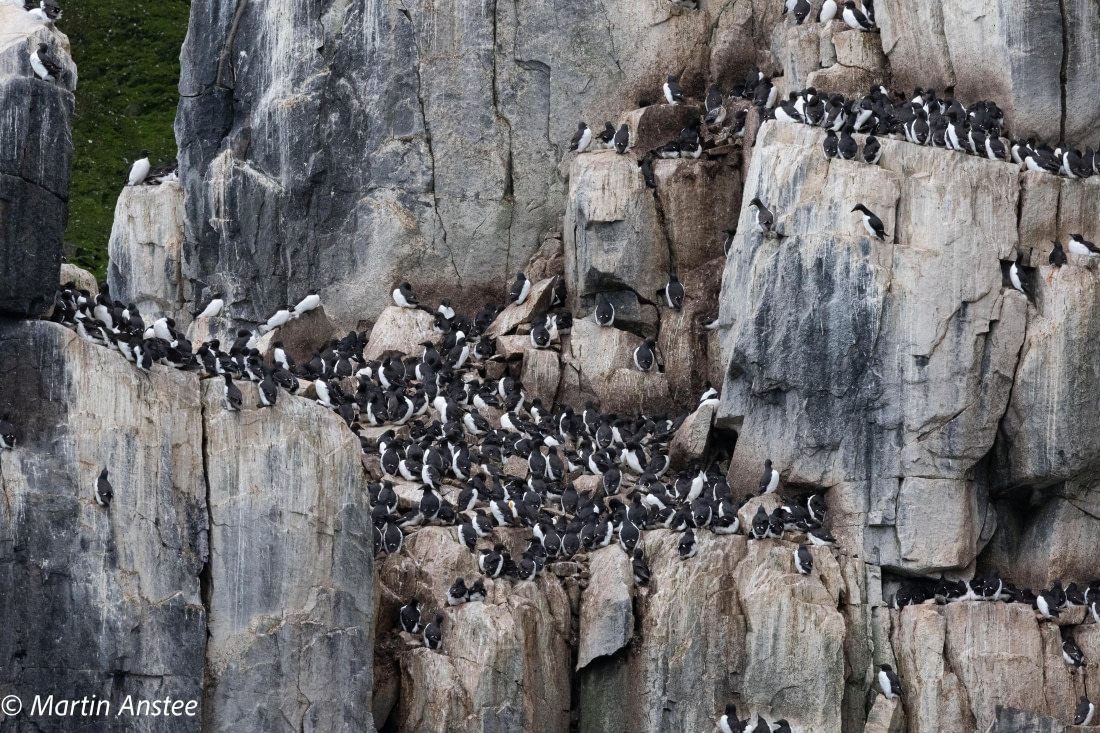
Assuming we can enter Hinlopen Strait, we will next continue to the east side. There we may attempt landing in a place we might see walruses, reindeer, and pink-footed geese. And near Torrelneset, we may visit Nordaustlandet’s polar desert area next to its impressive ice cap – the world’s third largest. Walruses may even appear as we make a walk over the area’s raised beaches.
Another notable area we plan to visit on our circumnavigation of Spitsbergen is Freemansundet, where the abundance of polar bears might actually prevent us from landing. Barentsøya is another goal of the trip, as there is a fascinating trapper’s hut at Sundneset, a large kittiwake colony at Kapp Waldburg, and a great tundra walk opportunity at Rindedalen.
We hope to also visit Kapp Lee, which offers the possibility of seeing a walrus haul-out and Pomor ruins, and if possible we’ll make a scenic hike along Edgeøya.
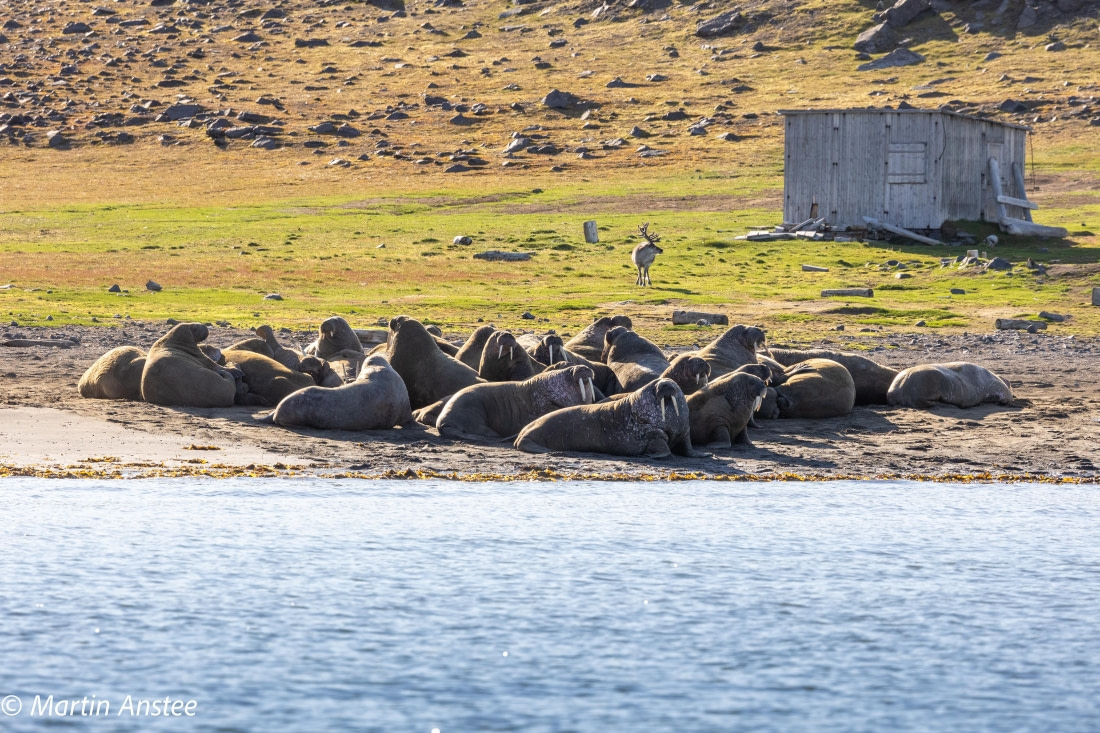
Cruising the side fjords of Hornsund, with its spire-like peaks, will illustrate why Spitsbergen (meaning “pointed mountains”) got its name. Not only are there 14 sizable glaciers in the area, but bears, seals, and beluga whales sometimes appear.
The final site of our circumnavigation is Bell Sund, one of the largest fjord systems in Svalbard. In this area, you can see the sobering remains of 19th-century whaling and also enjoy local reindeer and bird populations. If you’re lucky, you may even see a beluga whale pod.
It’s hard to believe you can see so much in such a short time, but that’s exactly what our Around Spitsbergen circumnavigation does. If an expedition cruise is in your future and you enjoy going the distance, check out our Around Spitsbergen itineraries among our current Svalbard trips.
Main image by Alexander Romanovskiy

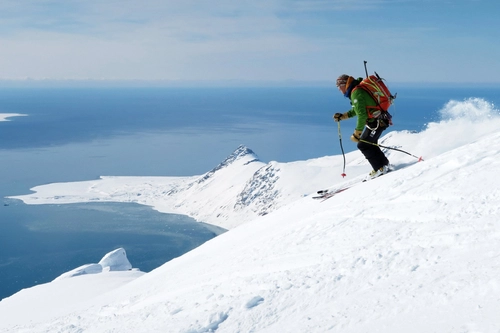
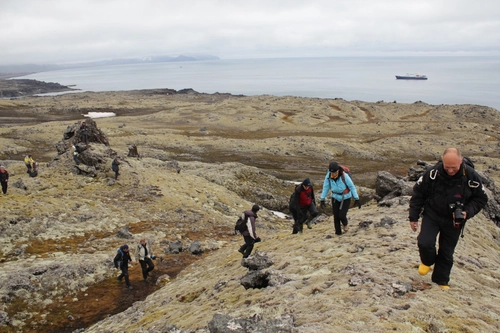
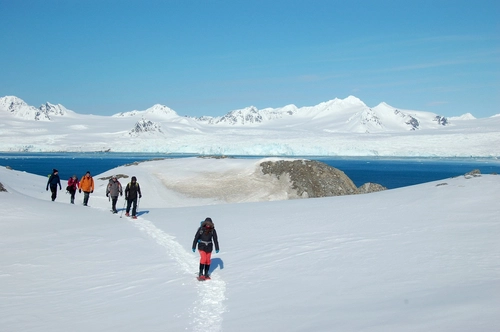
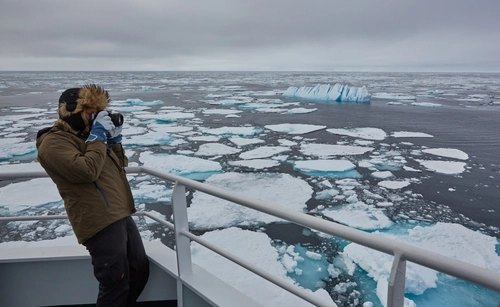
Related Trips
Blog


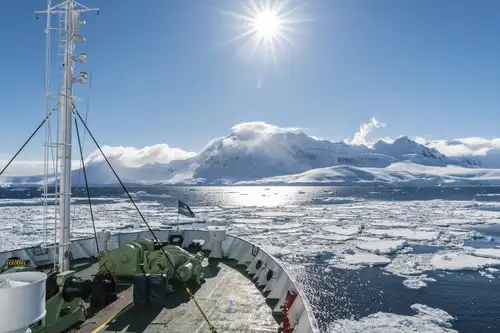
Cruising Solo: The Benefits of Single-Passenger Polar Travel

The Best Arctic and Antarctic Trips for Families

“The polar bear will still be there”
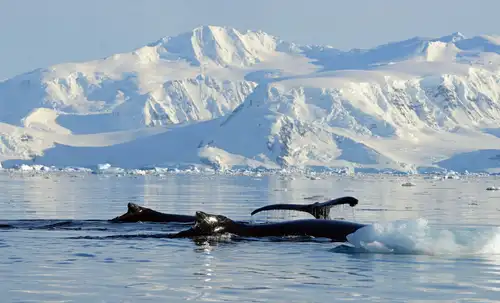
Humpback Whales: the Stars of the Western Antarctic Peninsula
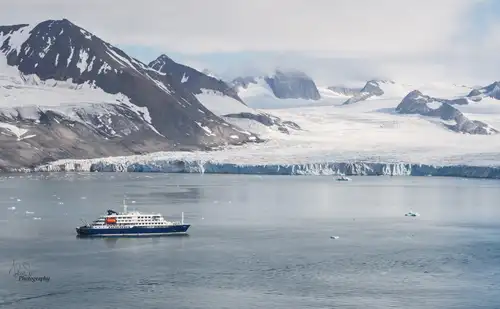
What’s so Special about East Spitsbergen?

The Classic Polar Cruise: Antarctic Peninsula Facts, Pics, and More
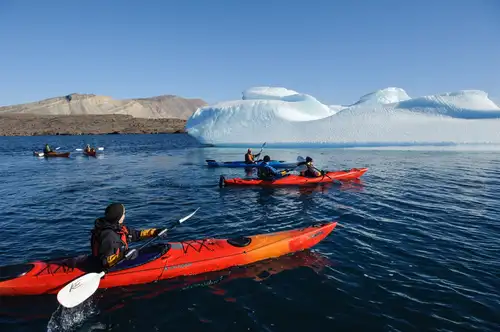
Greenland: Where the Kayak Was Invented
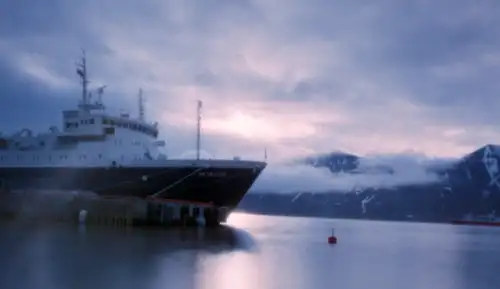
Solargraphy & Pin Hole photography in the Arctic

10 Illuminating Facts about the Northern Lights
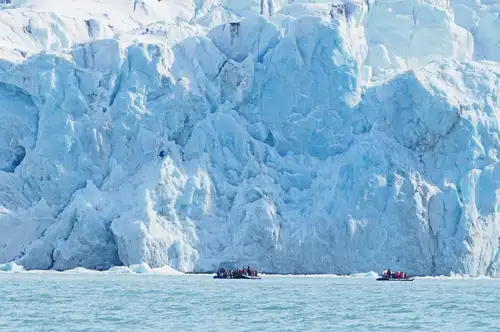
All About Ice: Glaciers and Icebergs of the Arctic and Antarctica
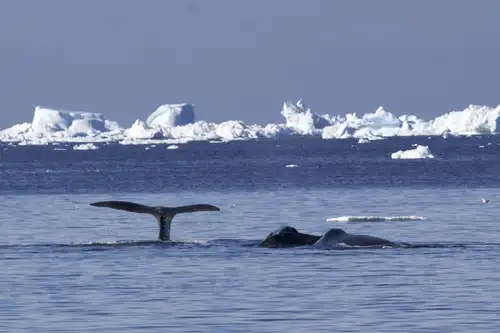
The bowhead whale, whaling about the Arctic
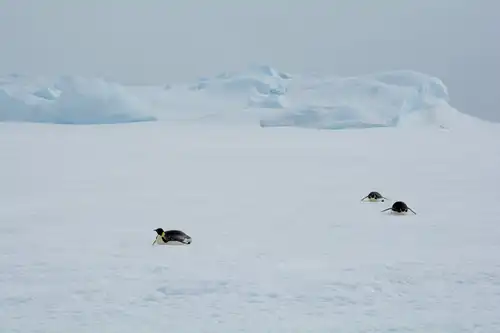
Encounter with the emperor penguin in Antarctica
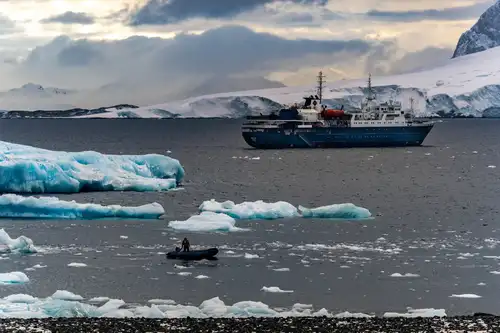
The Seasons of Antarctica: When to Visit and Why
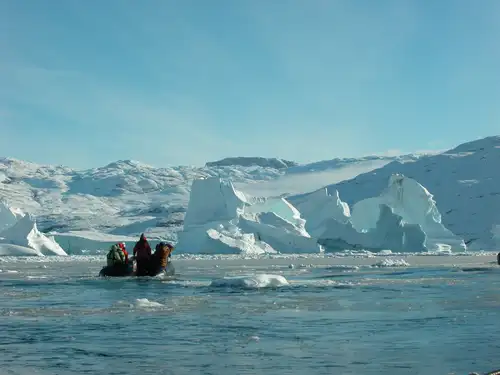
Discover the Scoresby Sund Fjord System in East Greenland
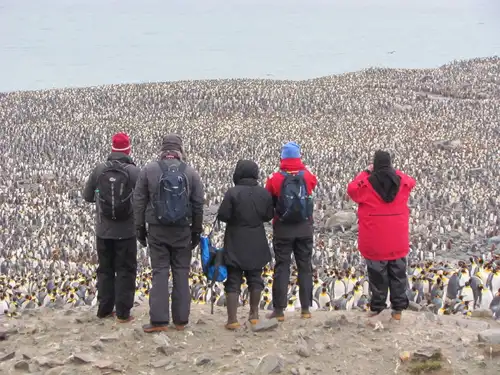
Scenes from St. Andrews Bay: 12 Pics of Penguins, Seals, and More
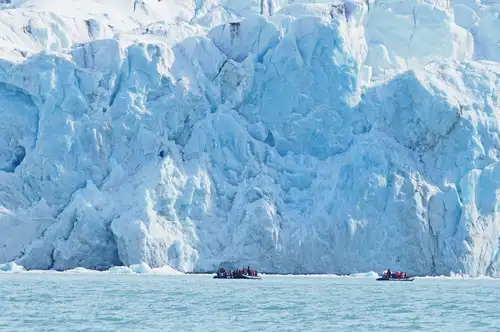
Get to Know Your Ice
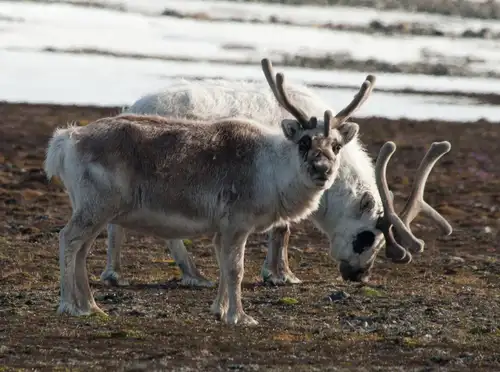
Amphibian, reptiles and herbivore mammals in the Arctic

Polar Marine Visitors: the Whales of Antarctica and the Arctic
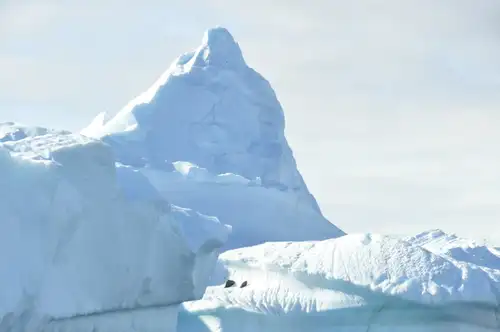
Life migrating through the Polar Front
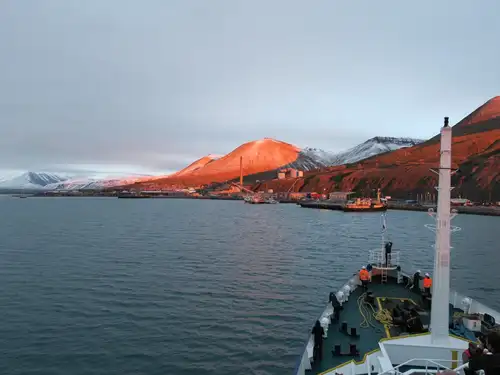



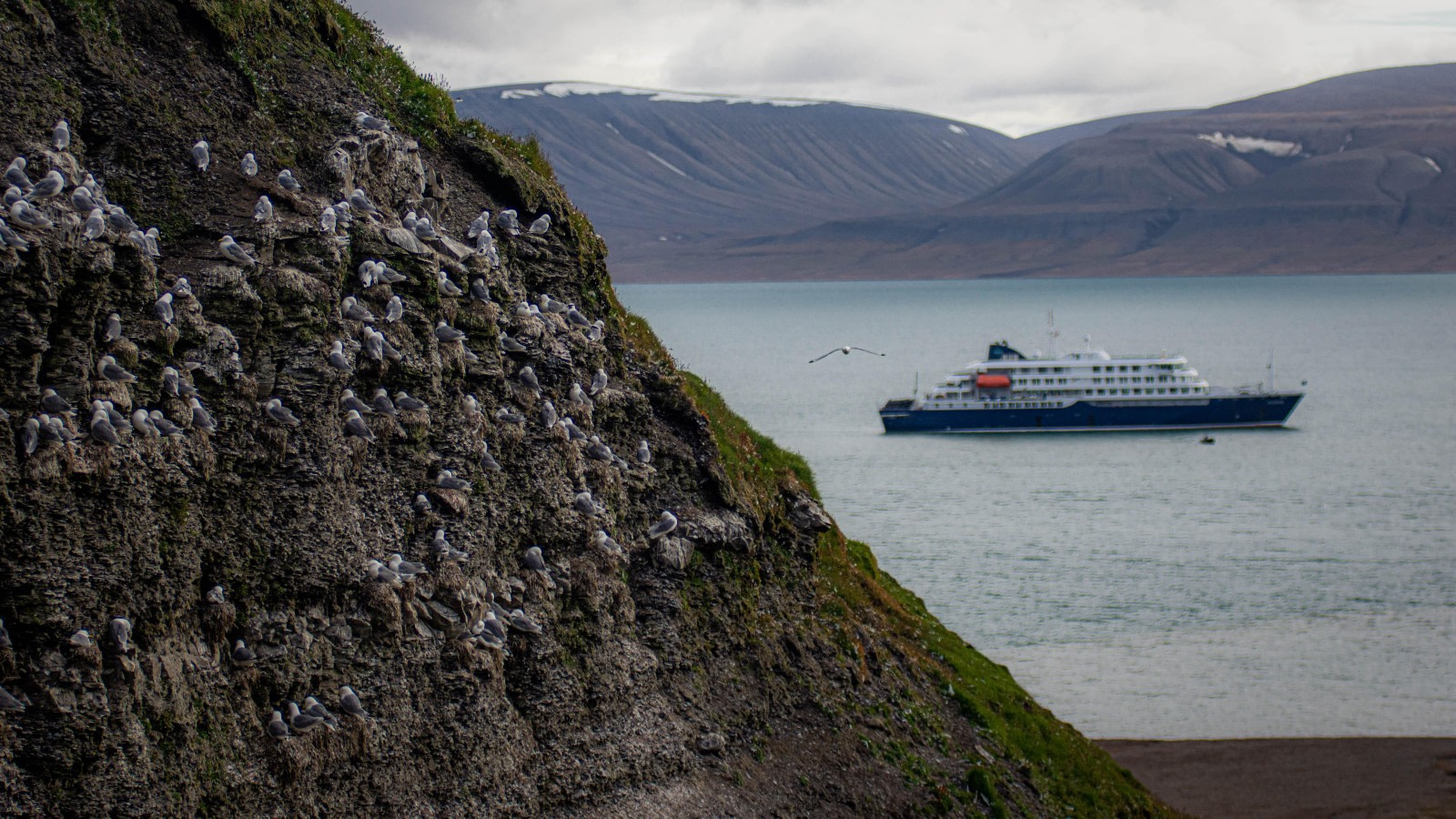

 8 Days / 7 Nights
8 Days / 7 Nights

